When you need a cornstarch substitute in your kitchen, there are a number of possible substitutions, both in terms of consistency and nutritional profile.
Substitutes for cornstarch
Popular options as a substitute for cornstarch include arrowroot, psyllium husk, ground flaxseed, glucomannan, wheat flour, and tapioca, among others.
Wheat flour
As the most basic and readily available substitute in the kitchen, wheat flour can replace cornstarch in a variety of recipes, as it also works as a great thickener. However, you will need to use about 3 times as much cornstarch flour to create the same thickness in a liquid. It will also take longer to cook the cornmeal evenly and remove the flavor of the wheat.
Arrowroot
Since cornstarch tends to produce a glossy, smooth sauce, many people choose arrowroot over wheat flour. By creating the same kind of smooth texture as cornstarch, arrowroot can be used in about the same measurements in a given recipe. That said, you may need to cook arrowroot for a bit longer to get the same consistency as when cooking cornstarch.
Potato starch
This substitute for cornstarch is made by mashing potatoes to release their starch content and scooped out this material. Potato starch can basically be used in a 1: 1 ratio with cornstarch and performs very similarly in preparations. The good news is that potato starch has a very subtle flavor and is considered bland by most people, so it won’t have any impact on the end result of your recipe.
Tapioca
Tapioca’s somewhat neutral flavor makes it an excellent substitute for cornstarch, but in some recipes it doesn’t hold up or act as a good thickener. You’ll also need about 2 times as much tapioca as cornstarch; for example, if 1 tablespoon of cornstarch is enough to thicken one cup of liquid, you’ll need 2 tablespoons of tapioca to have the same thickening effect.
Rice flour
When rice is finely ground, it can be made into rice flour, which acts as a very effective thickener in recipes, particularly in hardening clear liquids due to its light color. Rice flour is also gluten-free, so for people who don’t want to use wheat flour as a substitute, this is an obvious choice. In terms of ratio, you’ll want to use twice as much rice flour as the recipe calls for (in cornstarch).
Glucomannan
This somewhat rare substitute is made from the roots of the konjac plant. When mixed with water, it forms a thick gelatinous substance, so you don’t need to use much of this pure fiber to replace cornstarch. In fact, you only need 1 teaspoon of glucomannan for every 2 tablespoons of cornstarch.
Psyllium husk
This relatively pure form of soluble fiber is a very popular substitute for cornstarch, with low levels of carbohydrates, but plenty of dietary fiber, helping to improve digestive health. You also don’t need much of this to replace cornstarch, as it is a very concentrated fiber.
Ground flaxseed
Most people use cornstarch because of its smooth texture, but these flaxseeds have a harder outer shell, so even when ground, it can be a bit gritty. However, these extremely absorbent seeds can quickly thicken various sauces and liquids.

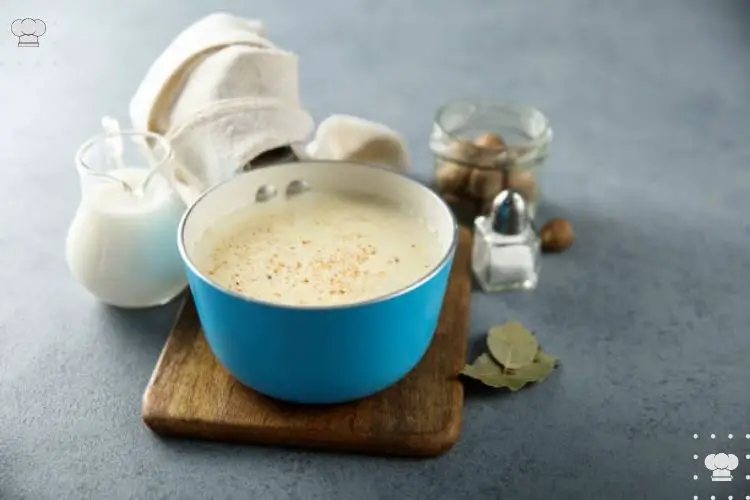
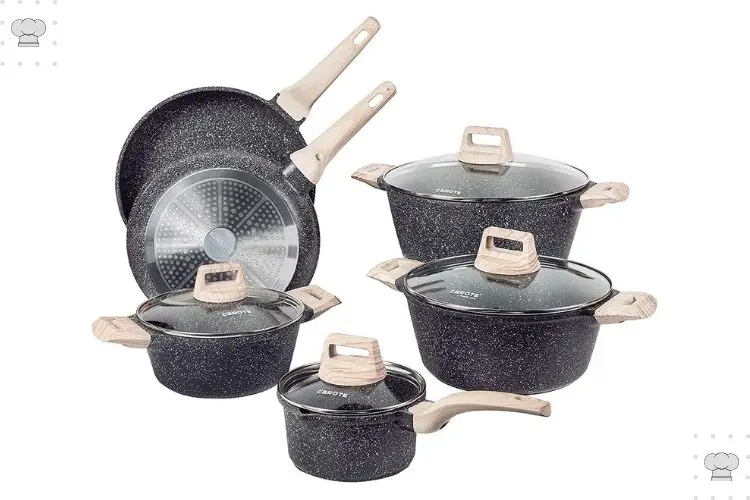
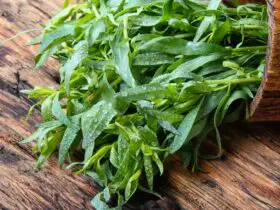

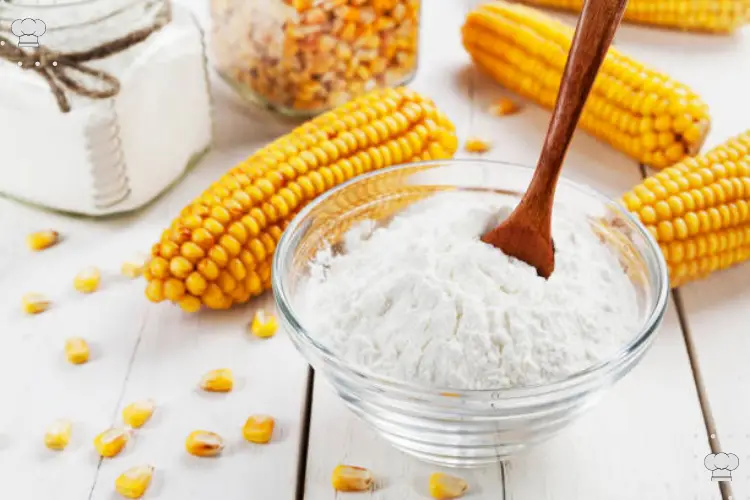

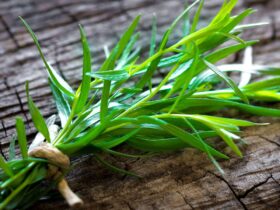

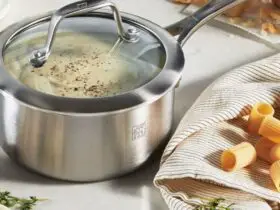

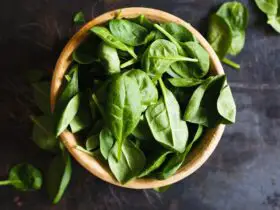
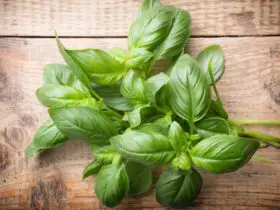
Leave a Reply